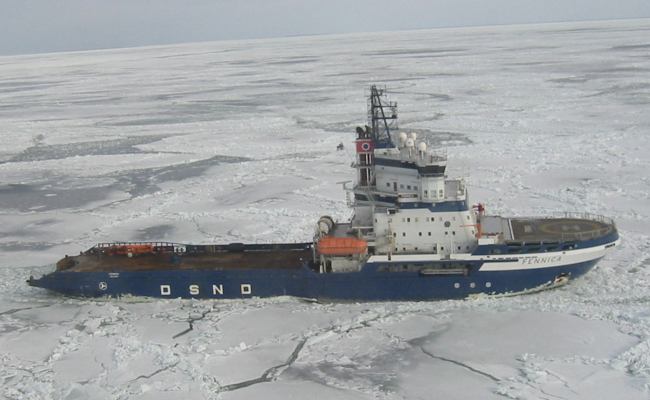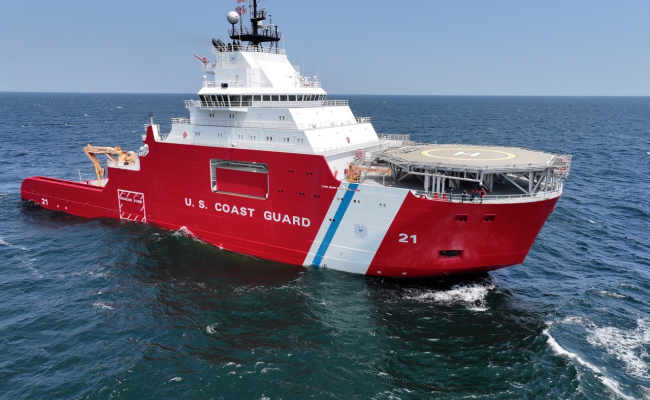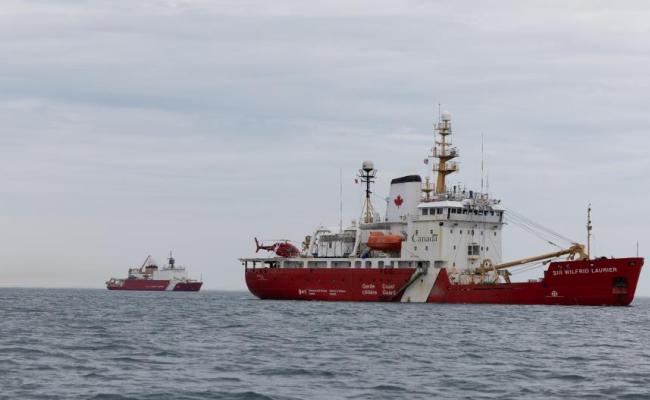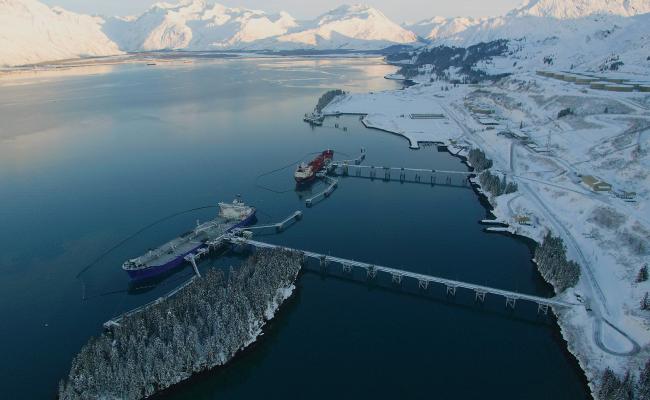What the One Big Beautiful Bill Act Entails for the Arctic

US President Donald Trump signed the bill nicknamed One Big Beautiful Bill Act into law on July 4th. (Official White House Photo by Daniel Torok via Flickr)
While US President Trump's One Big Beautiful Bill Act has been heavily criticized for its tax reliefs for the wealthy and significant cuts in welfare spending, the country's Arctic state, Alaska, may benefit from its implementation.
US President Donald Trump's One Big Beautiful Bill Act (OBBBA) was signed into law on July 4th, 2025. The Act contains tax and spending policies for Trump's second-term agenda, including significant spending in the Arctic.
US Senator for Alaska, Dan Sullivan (R), says the legislation is equipped to unleash Alaska's extraordinary potential.
In a statement, he says, “This comprehensive legislation is the product of months of relentless, focused work on behalf of Alaskans—and it delivers significant wins for our state. I think it is safe to say, no state fared better from this bill."
The Big Beautiful Bill Act (OBBBA)
– A US federal statute passed by the 119th United States Congress containing tax and spending policies that form the core of President Donald Trump's second-term agenda.
– Includes significant tax cuts for the wealthy and a reduction in spending on welfare programs. Alaska has been exempted from several of the cuts in welfare programs.
– Estimates suggest that the bill could add $3 trillion to the national debt and cut approximately $4.46 trillion in tax revenue over a 10-year period.
– Could cause 10.9 million Americans to lose health insurance coverage.
– Rolls back clean energy incentives.
Coast Guard investments
In July, the US Coast Guard announced the renaming of its operational districts from numerical to geographic designations. The Coast Guard District 17 will now be named the US Coast Guard Arctic District.
This district will now receive significant funding through OBBBA.
Through the bill, the US Coast Guard received a close to $25 billion investment. Of these 25 billion, nearly 9 billion will be allocated to enhancing the Coast Guard's Arctic reach, marking the largest-ever Arctic maritime investment in US history.
Most significantly, a historical icebreaker investment seeks to revitalize the US' aging icebreaker fleet. The investments seek to close the gap with Russia's fleet, the largest in the world with 57 vessels, as well as counter increasing Chinese presence in the region.
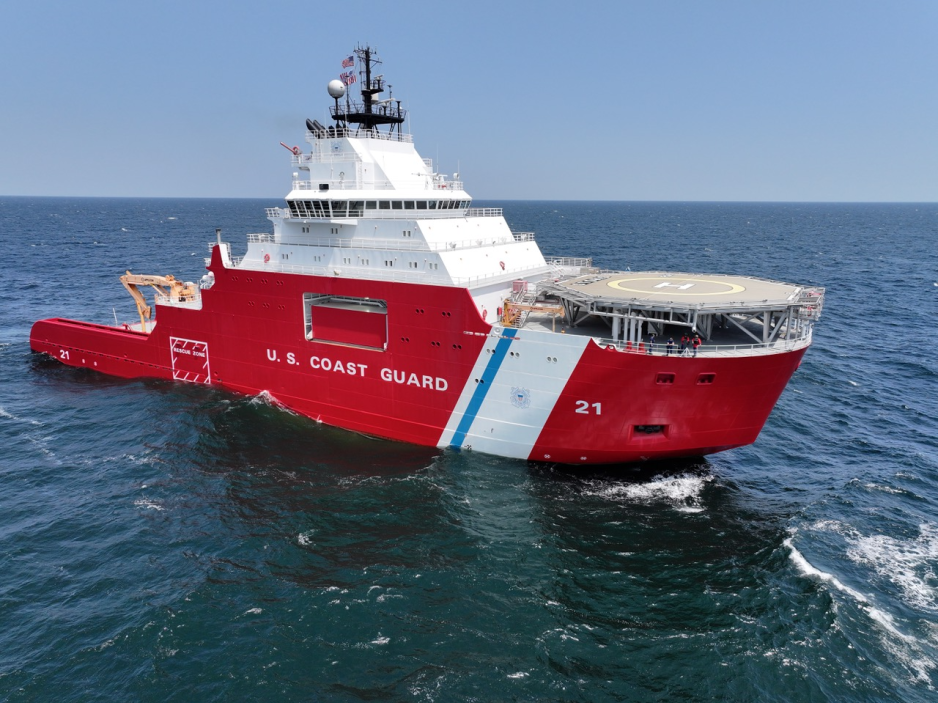
The U.S. Coast Guard’s newest icebreaker: USCGC Storis. (Source: U.S Coast Guard)
New icebreakers
The act allocates $4.3 billion for up to three new heavy Polar Security Cutters (heavy icebreakers), $3.5 billion for three Arctic Security Cutters (medium polar icebreakers), and $186 million for 10 light and medium icebreaking vessels.
Last year, the US Coast Guard added its first polar icebreaker to its fleet in 25 years. The vessel Aiviq, originally built for oil work in the Arctic, was renamed USCGC Storis and will be homeported in Juneau, Alaska, once the shoreside infrastructure is ready.
The vessel departed on its maiden voyage just last month and joins the ranks of nearly 50-year-old Polar Star and 25-year-old Healy. The vessel is a means to bridge the gap in operational capacity until the US has built new icebreakers through its Polar Security Cutter Program.
The US Coast Guard still needs about eight to nine polar icebreakers to meet its operational requirements. The next Polar Security Cutter, CGC Polar Sentinel, is estimated to be delivered by 2030.
Senator Sullivan states that the OBBBA funding for the new icebreakers, cutters, aircraft, and modernization of docks and shore facilities, particularly in Alaska, is a strengthening of America's maritime presence in the Arctic and along its vast coastline.
Trilateral icebreaker cooperation
Last year, the US, Canada, and Finland signed a memorandum of understanding for cooperation on the design and construction of polar icebreakers.
The cooperation is called the Icebreaker Collaboration Effort, or ICE Pact. Last week, a new strategic partnership between the states leveraged the trilateral ICE pact in order to modernize the US icebreaking fleet.
Bollinger Shipyards (Bollinger), Rauma Shipyards (Rauma), Seaspan Shipyards (Seaspan), and Aker Arctic (Aker) announced on Tuesday the formation of a strategic partnership to deliver the Arctic Security Cutters (ASC) to the US Coast Guard.
However, keeping this momentum through changing administrations will be a challenge, believes Dr. Troy Bouffard, assistant professor of Arctic Security at the University of Alaska Fairbanks and director of the Center for Arctic Security and Resilience (CASR.
"It would be amazing for the USCG to receive the provisions stated in the Act. Appropriations needed to fulfill this over time will be the main challenge, as future administrations and members of Congress will change," says the professor to High North News, and adds:
"Hopefully, the Ice Pact can help overcome some of the manufacturing problems as the United States continues to experience a national shipbuilding crisis, where we have seen decades of U.S. shipbuilding consistently fail to even stay close to original budgets and timelines - which only exacerbates problems involving political turnover."
"However, as a necessary caveat to this, it's more likely than not that the Arctic will experience a significant event that could solidify commitments and accelerate such efforts."

Troy Bouffard is an assistant professor of Arctic Security at the University of Alaska Fairbanks, director of the Center for Arctic Security and Resilience (CASR), Arctic Council EPPR project member, and former Arctic Advisor to US Senator Lisa Murkowski. (Photo: Birgitte Annie Hansen)
Building up Alaska-based military
The bill will also ensure significant funding for the Alaska-based military.
OBBBA allocates $1.975 billion to enhance radar sites, such as the Long Range Discrimination Radar at Clear Space Force Station, the COBRA DANE radar on Shemya, in addition to other installations.
The bill also allocates $9 billion for housing, child care and health care services at Alaska's military bases, $115 million to support the exploration and development of existing Arctic infrastructure, such as the Adak Naval Air Station in Alaska's Aleutian Islands, and $9 billion to air superiority efforts to support operations at Eielson Air Force Base and Joint Base Elmendorf-Richardson.
Alaska also stands to gain from the $12 billion Pacific Deterrence Initiative, which includes expanded military exercises involving Alaska Command, and from the $29 billion shipbuilding provision, which will likely strengthen the US Navy's maritime presence in Alaska’s waters.
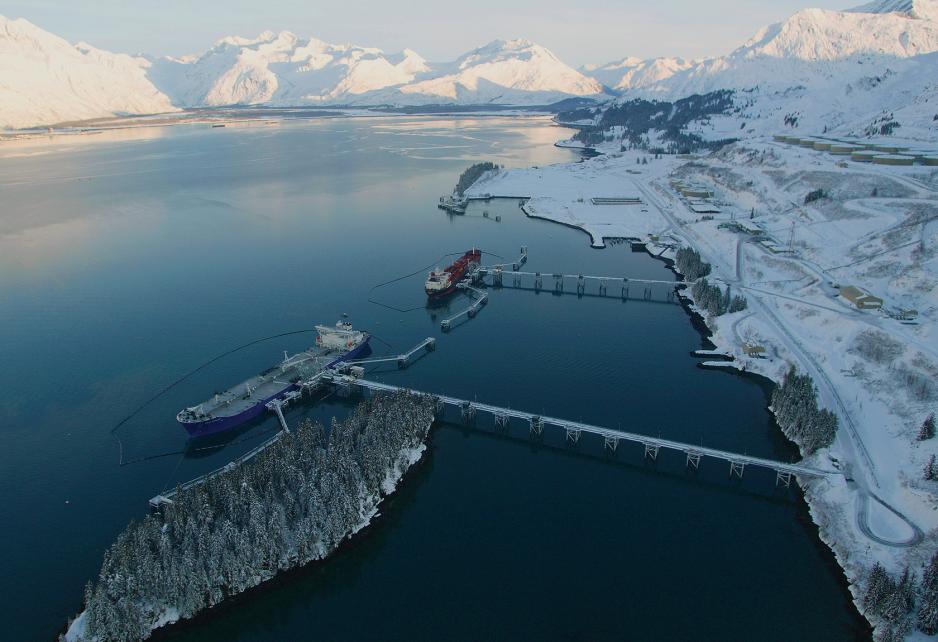
The Trans-Alaska Pipeline runs through Alaska, from the oil fields in the north of the state to the Valdez Marine Terminal in the south (pictured). Here, the oil is loaded onto tankers for shipment to the international market. The 800-mile-long pipeline is one of the world's longest pipeline systems, and its construction was finished in 1977. (Photo: ConocoPhillips Company)
Oil production
Another notable aspect of the bill is the aim to promote oil and gas drilling in Alaska. High North News has previously reported on President Trump's plans for oil drilling in Alaska, particularly in the state's Arctic National Wildlife Refuge (ANWR).
The bill mandates lease sales across tens of millions of acres in the ANWR, the National Petroleum Reserve-Alaska, and Cook Inlet. The bill also increases the amount of royalties that go directly back to Alaska.
"For the Arctic, the Act will have the most potential for impact through provisions that are meant to open and mandate oil production in protected areas of Northern Alaska," says Dr. Troy Bouffard, and adds:
"However, such directives tend to have little effect when market forces overwhelmingly dominate when and where production will occur. The current global supply and demand for oil has not factored in the U.S. Arctic as a solution yet, and breakeven prices continue to keep Alaska as an uneconomic choice, regardless of energy security goals and policies."


